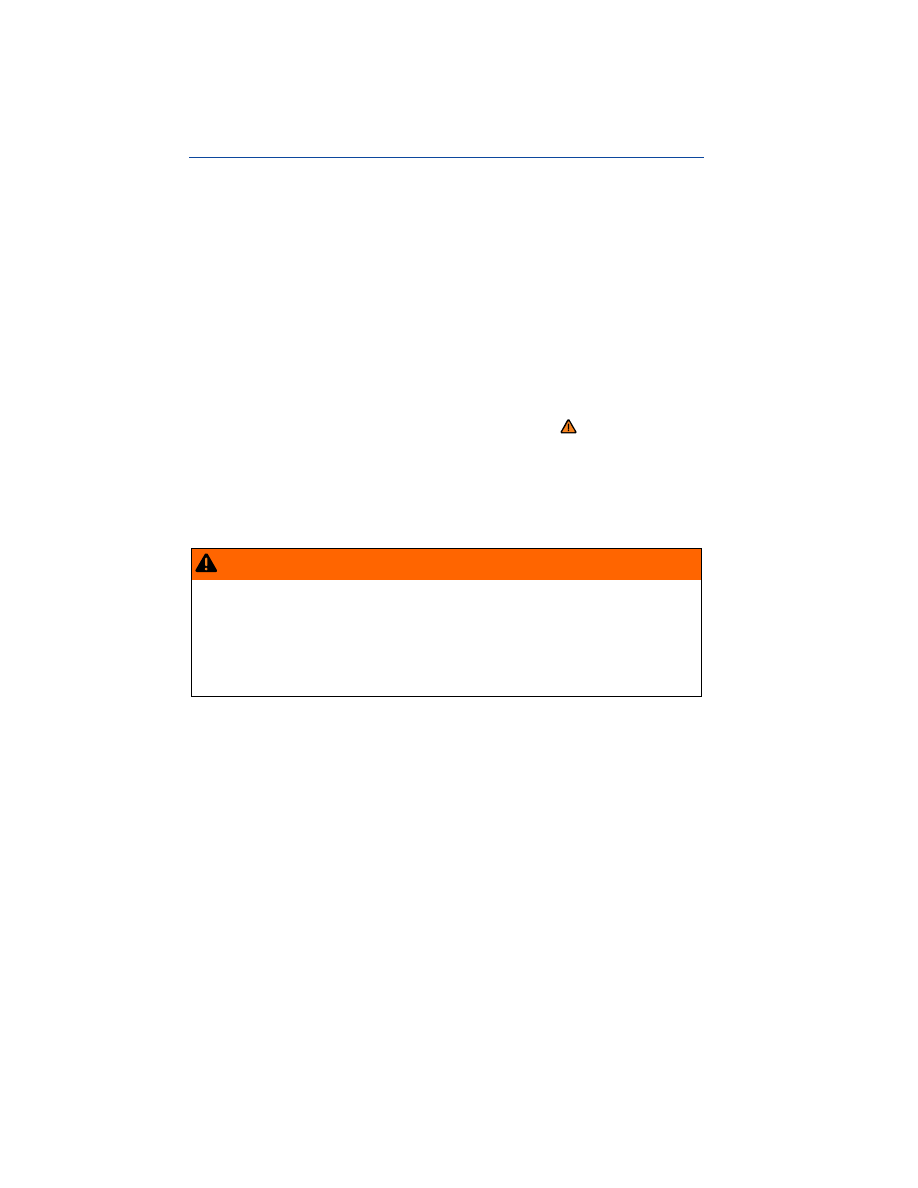Volkswagen Golf SportWagen (2015 year). Manual - part 28

Towing
Introduction
In this section you’ll find information about:
Towing on a commercial tow truck
Tips on towing
Installing the front towing eye
Installing the rear towing eye
Driving tips while towing
Observe legal requirements when towing.
For technical reasons:
A vehicle with a dead battery must never be towed. Jump-start the vehicle instead.
It is not possible to tow-start or push-start your vehicle. Jump-start the vehicle instead.
Vehicles with Keyless Access may only be towed with the ignition on.
Towing the vehicle when the engine is turned off and the ignition is turned on drains the vehicle bat-
tery. Depending on the charge level of the vehicle battery, it is possible that even after just a few
minutes, electrical devices such as the emergency flashers may not have the power necessary to
function. The steering wheel might lock in vehicles with Keyless Access
⇒ .
More information:
Exterior views
Shifting
Engine control and emission control system
Jump-starting
WARNING
Never tow a vehicle without any electrical power.
Never remove the key from the ignition switch or turn off the ignition with the starter but-
ton while the vehicle is moving or rolling to a stop. The electronic steering column could
suddenly lock, you would not be able to steer, and you could lose control of the vehicle,
crash, and seriously injure yourself and others.
If the vehicle loses power while it is being towed, stop towing the vehicle immediately and
contact your authorized Volkswagen dealer or authorized Volkswagen Service Facility for
assistance.